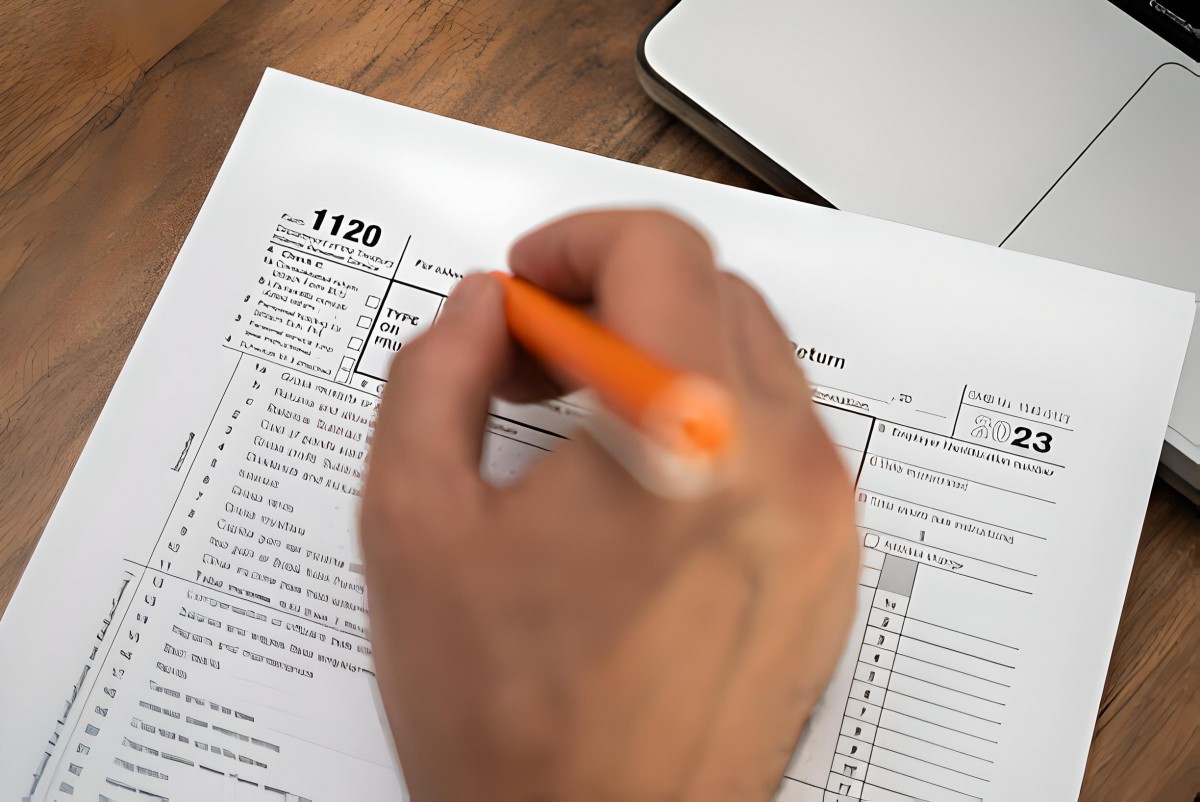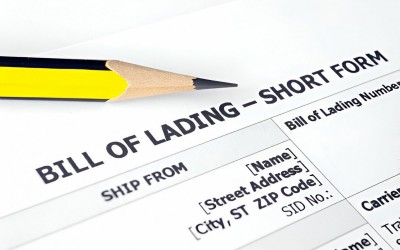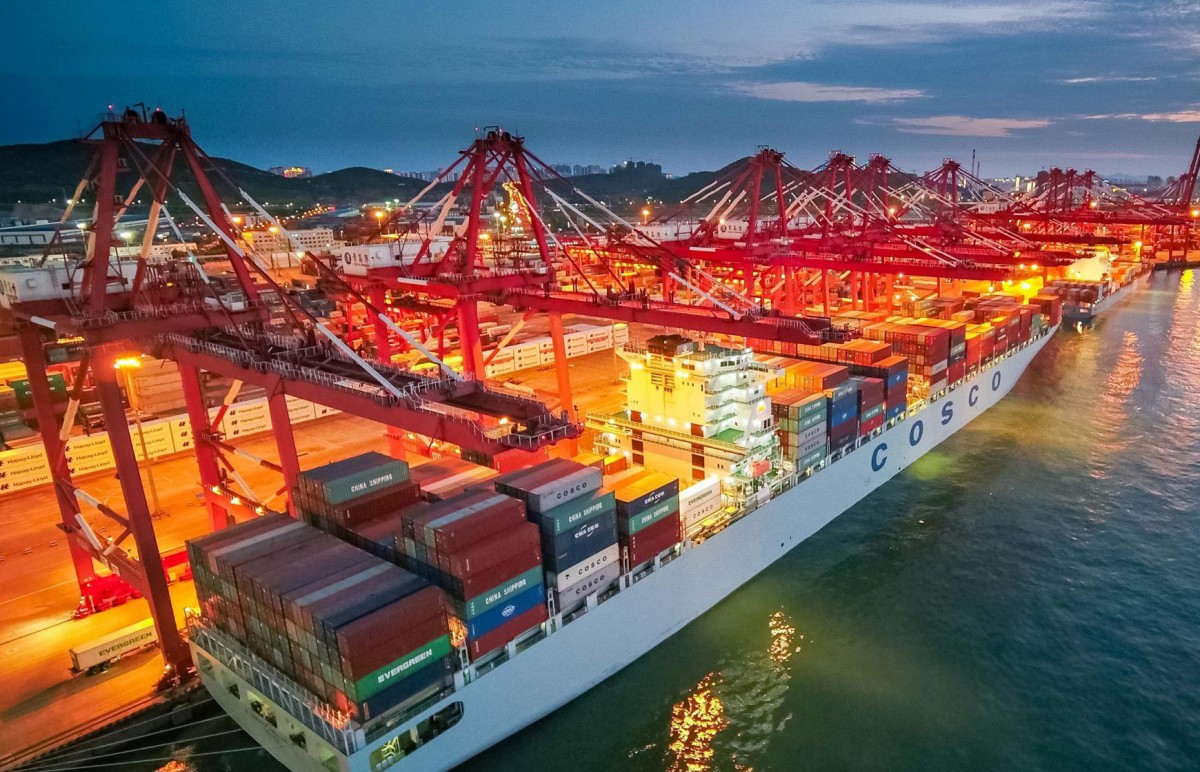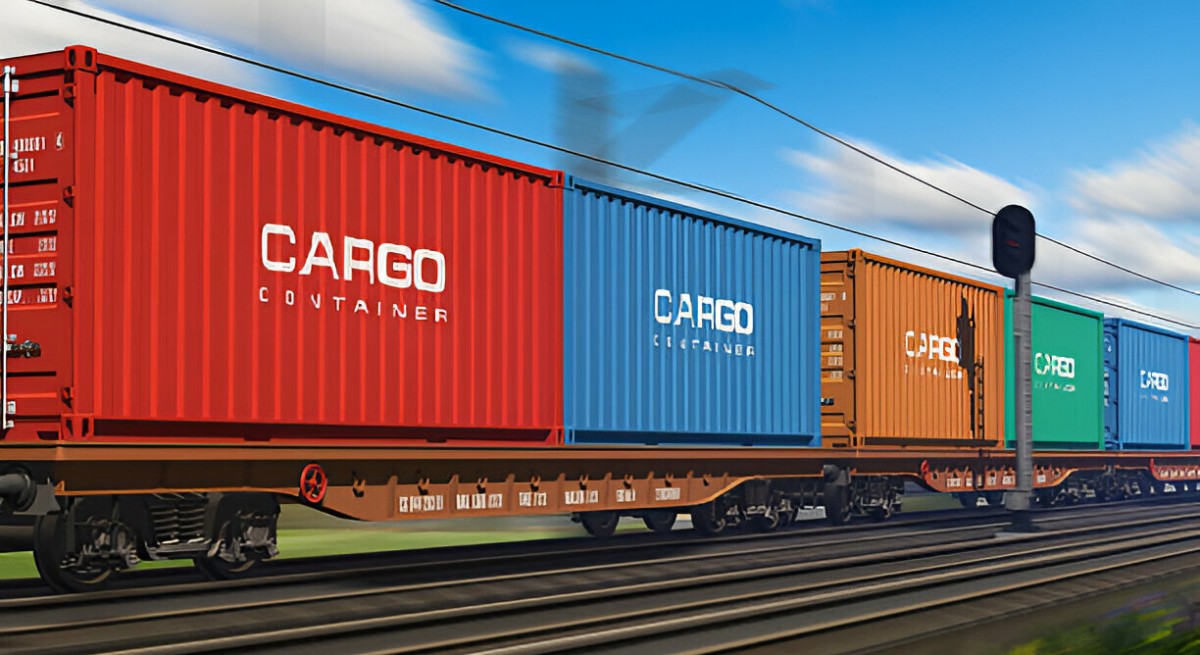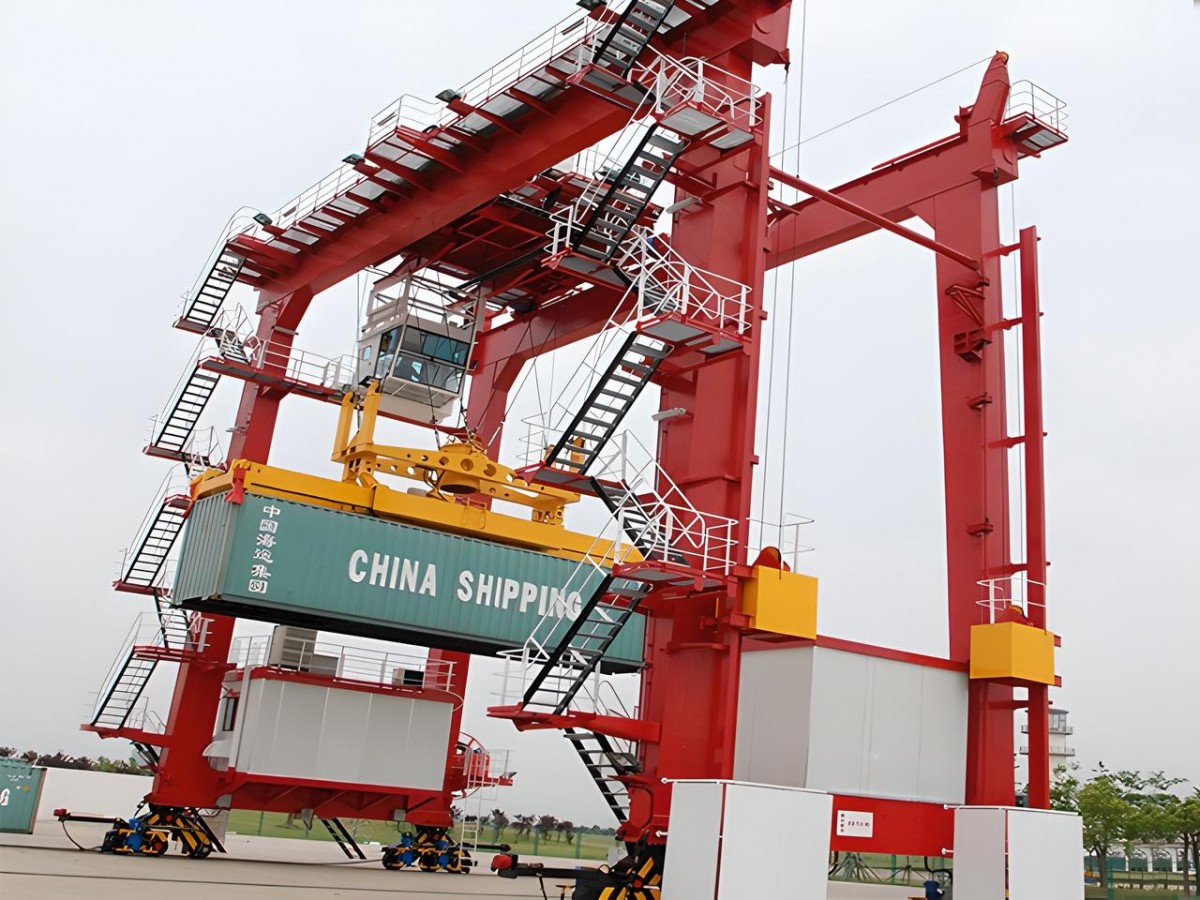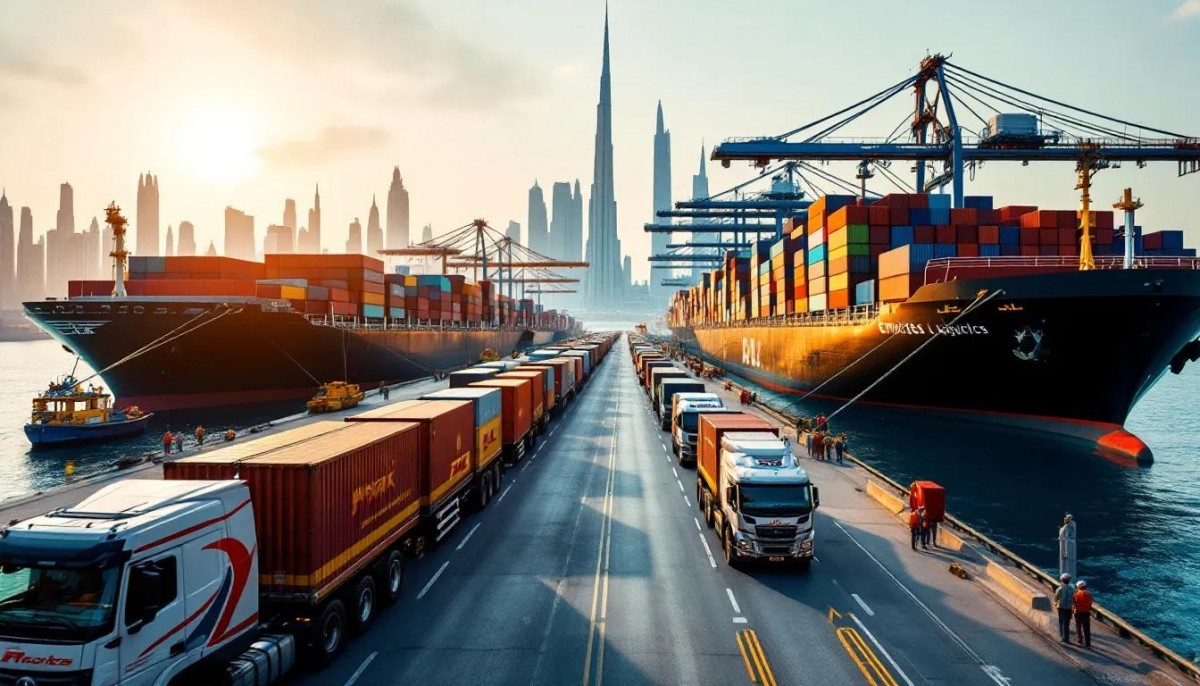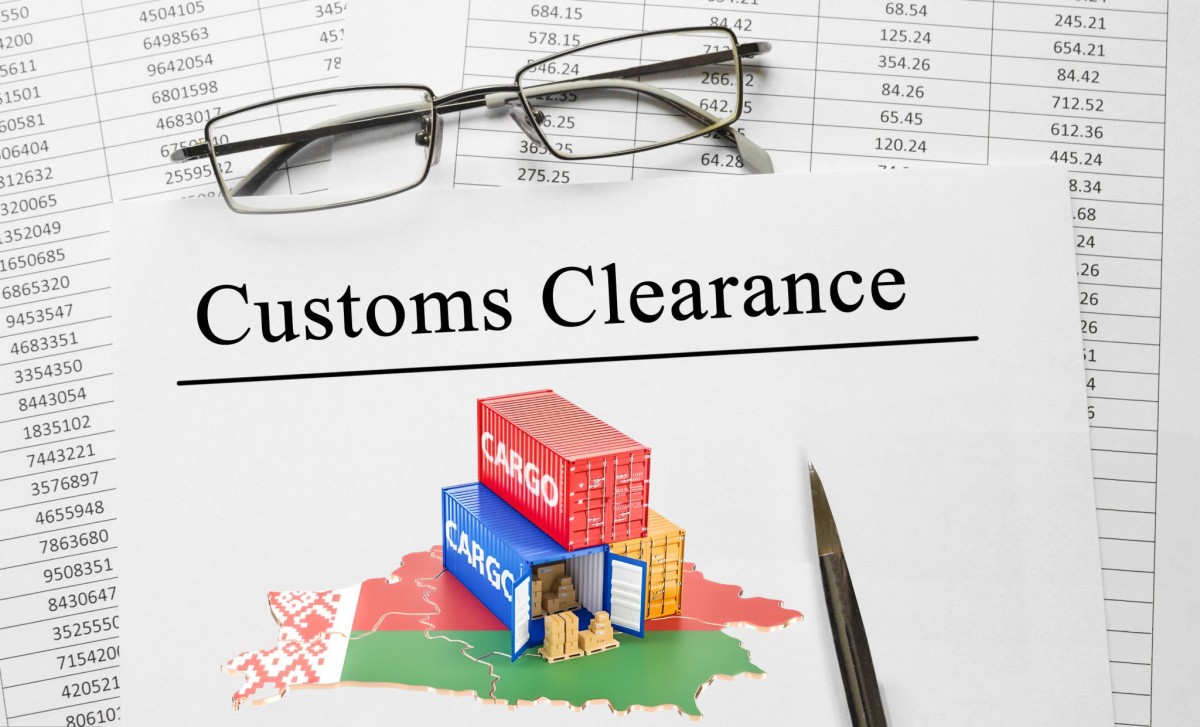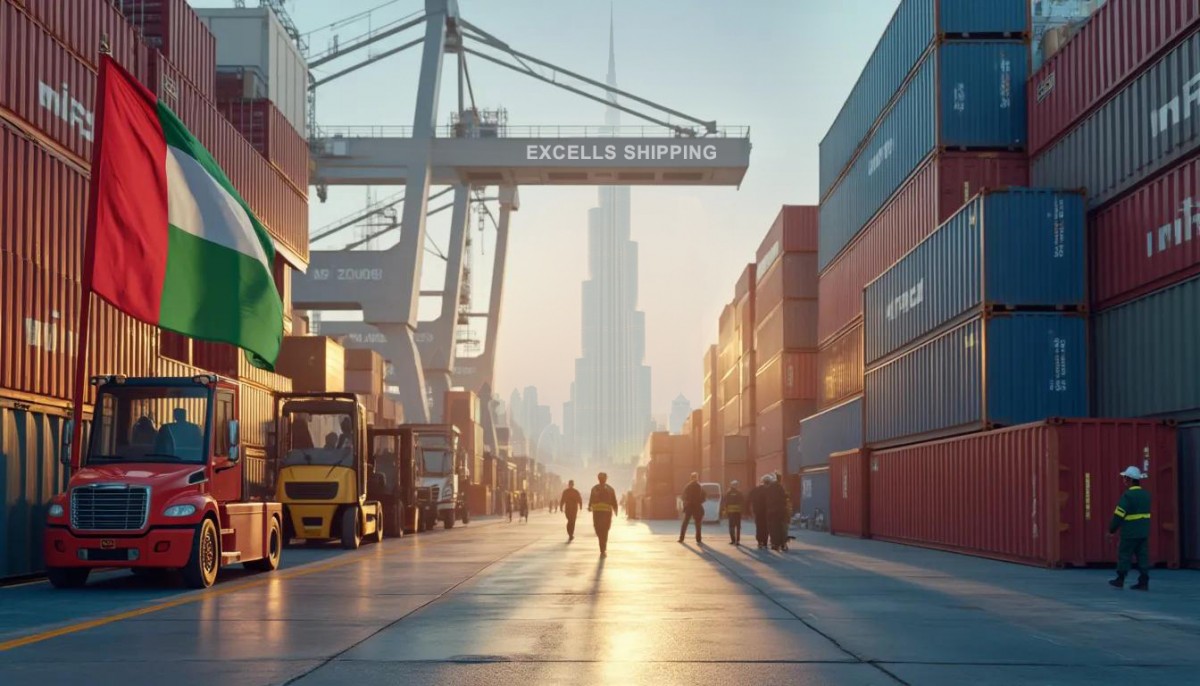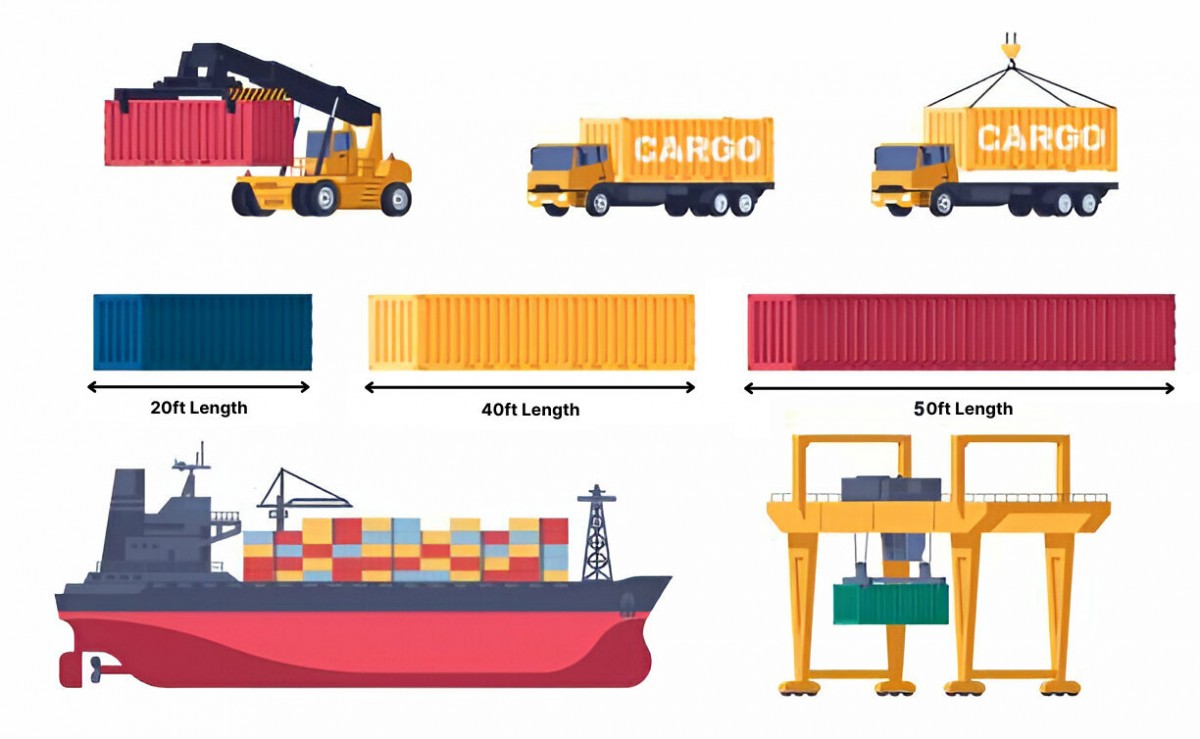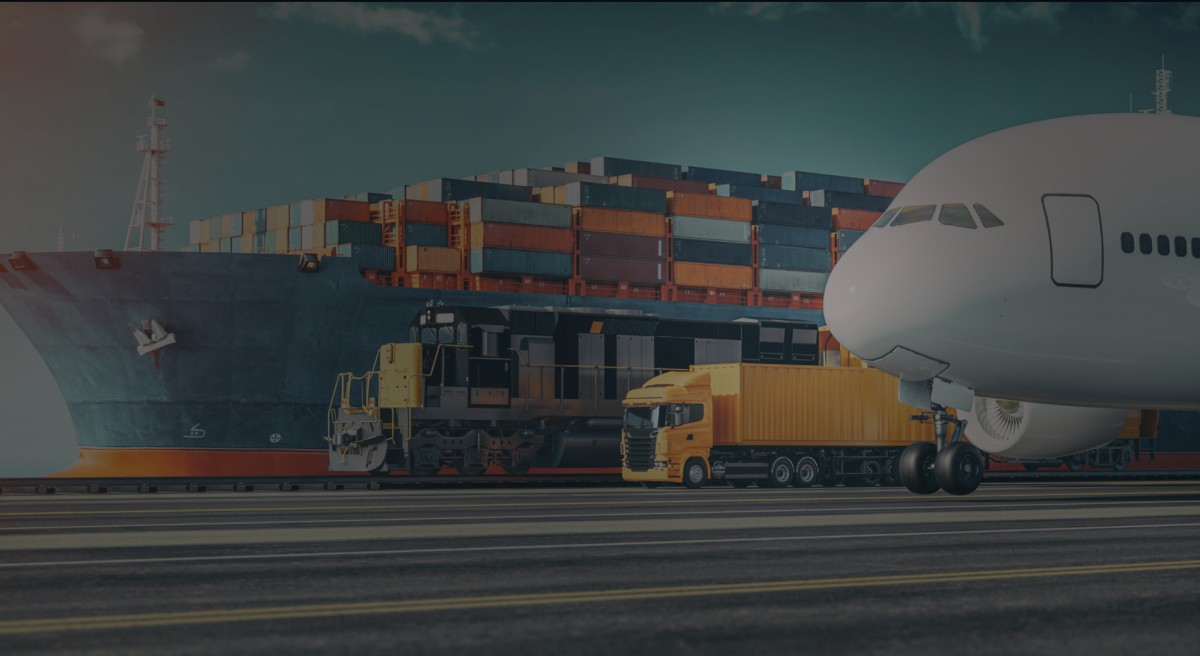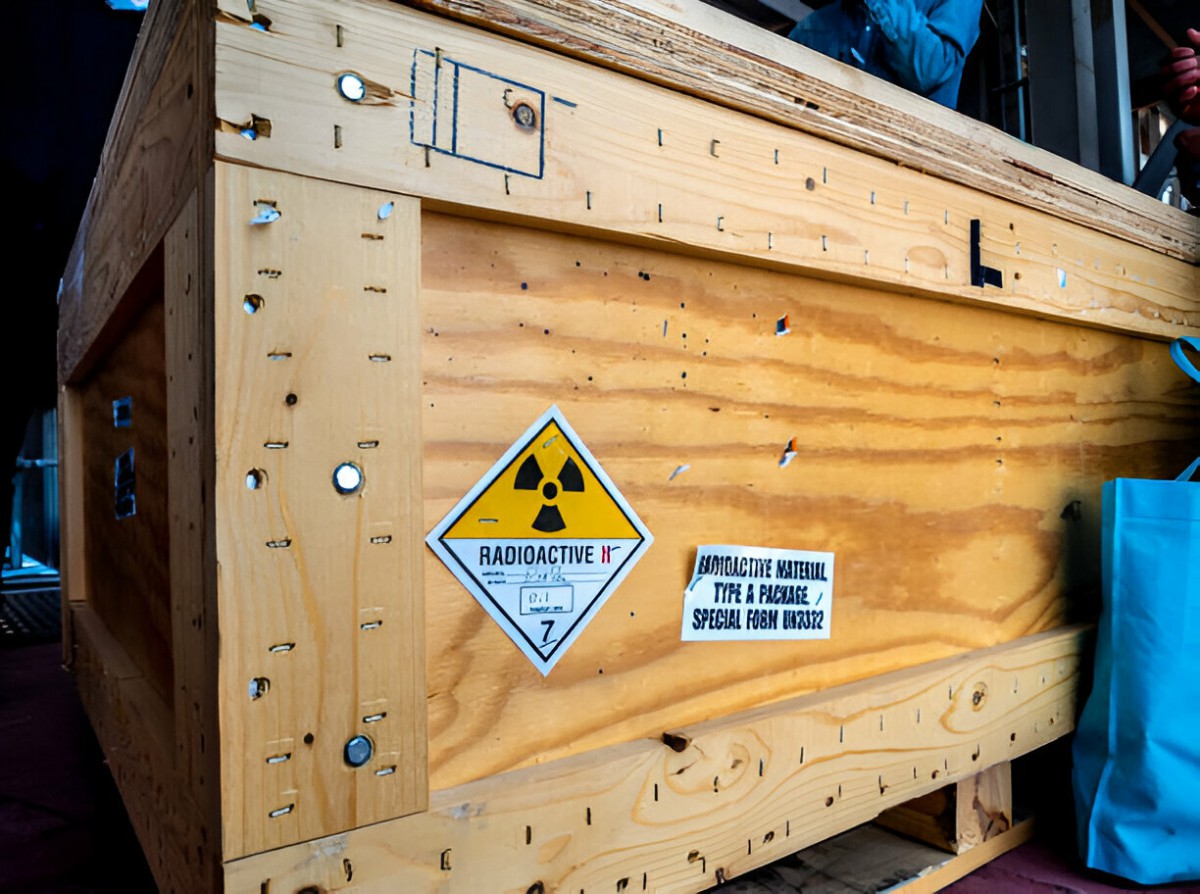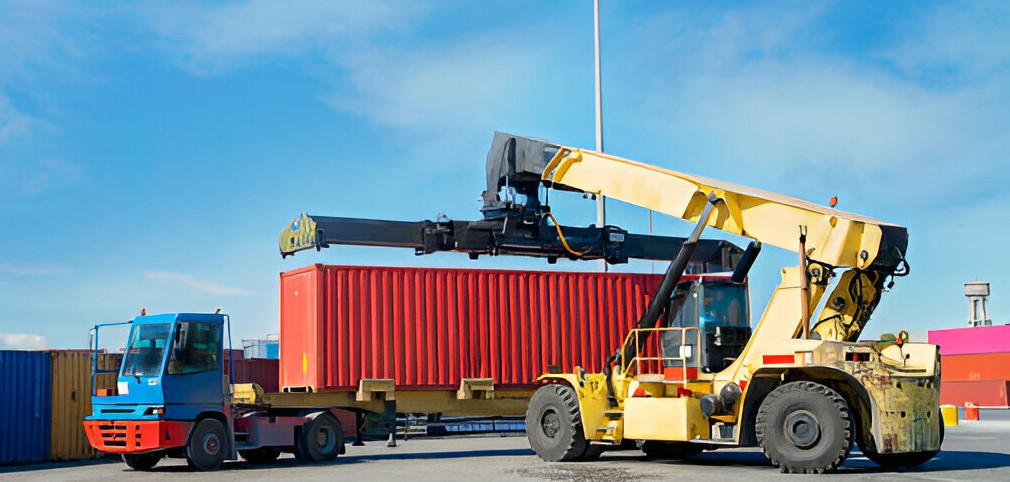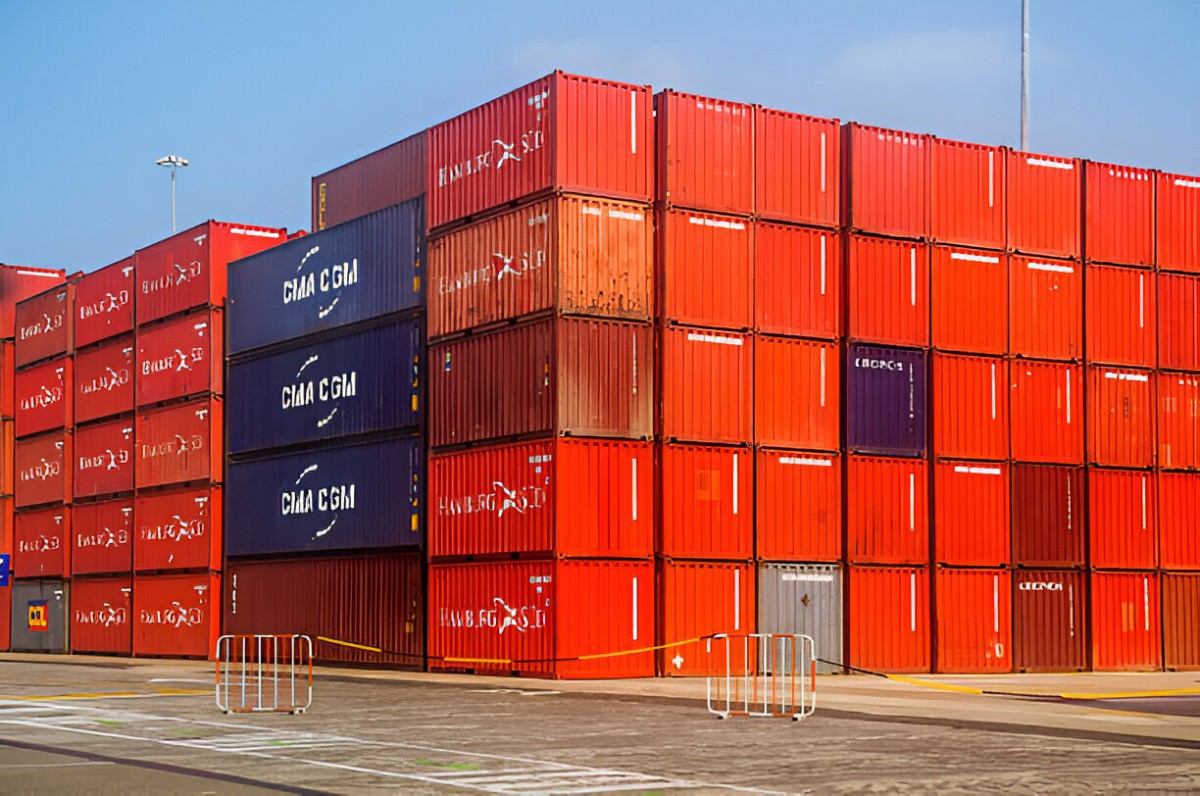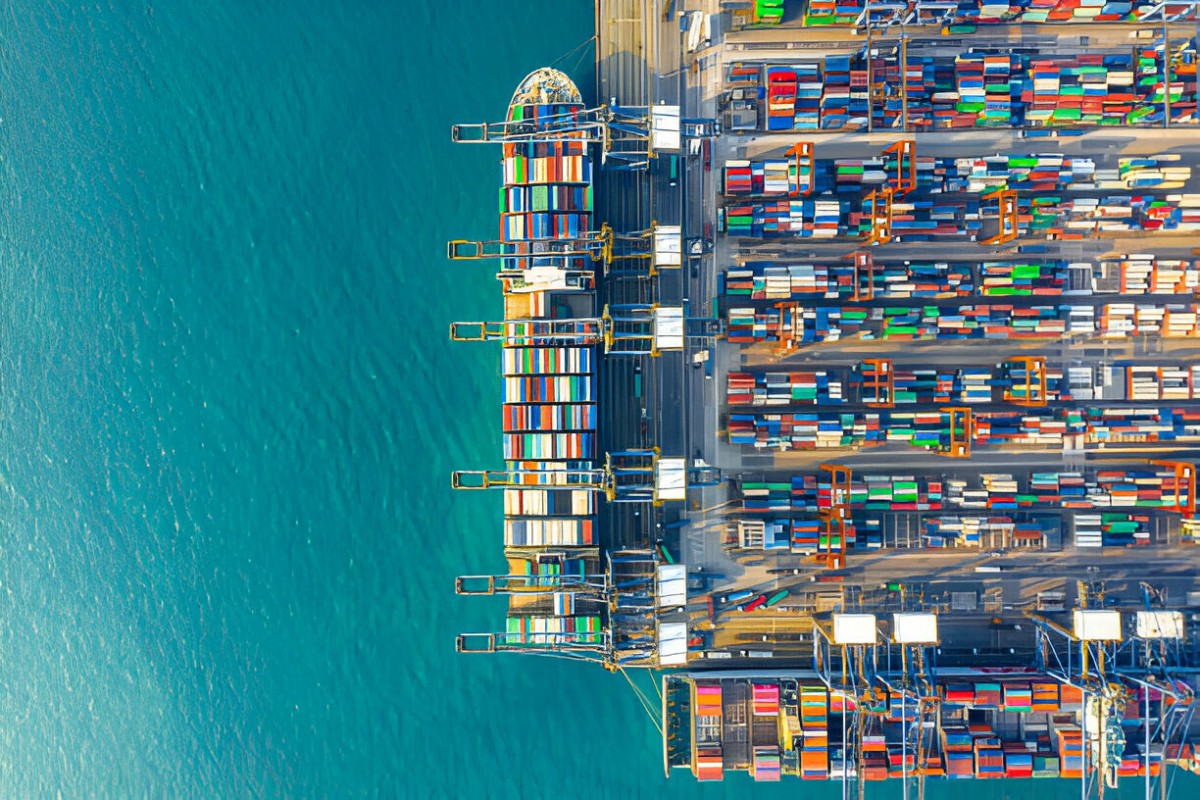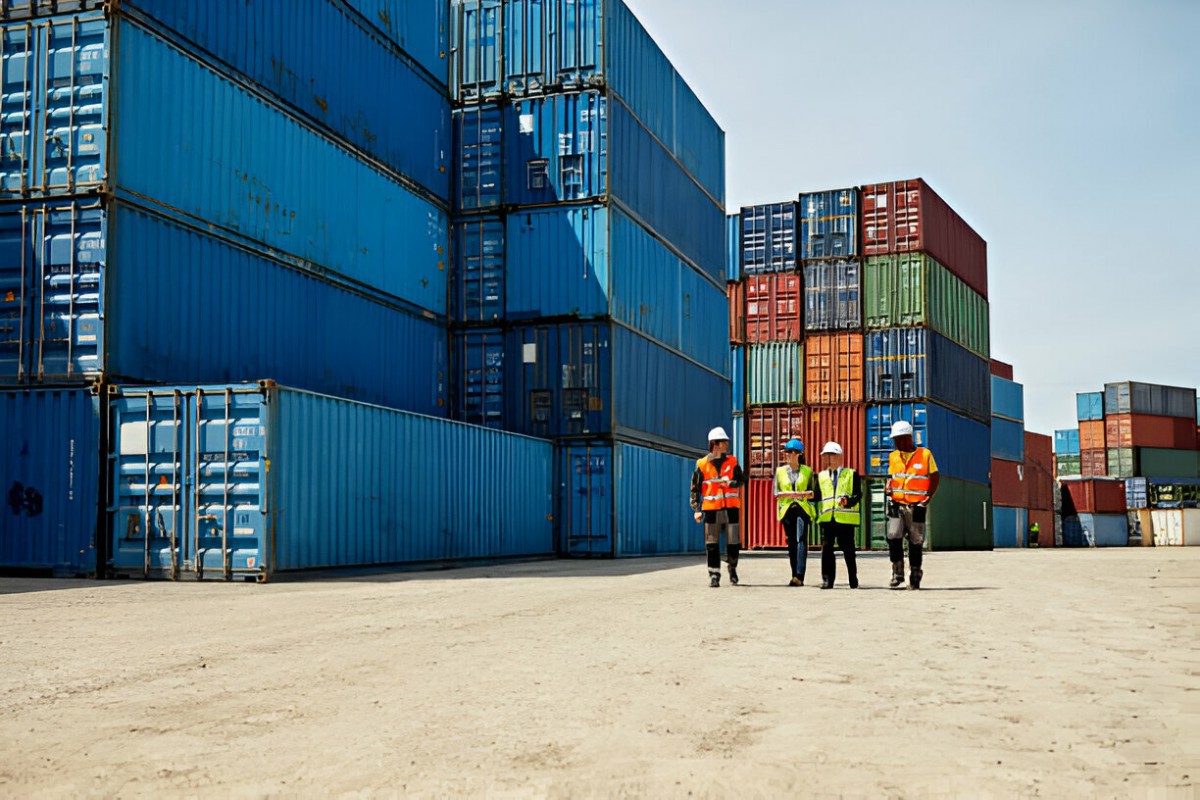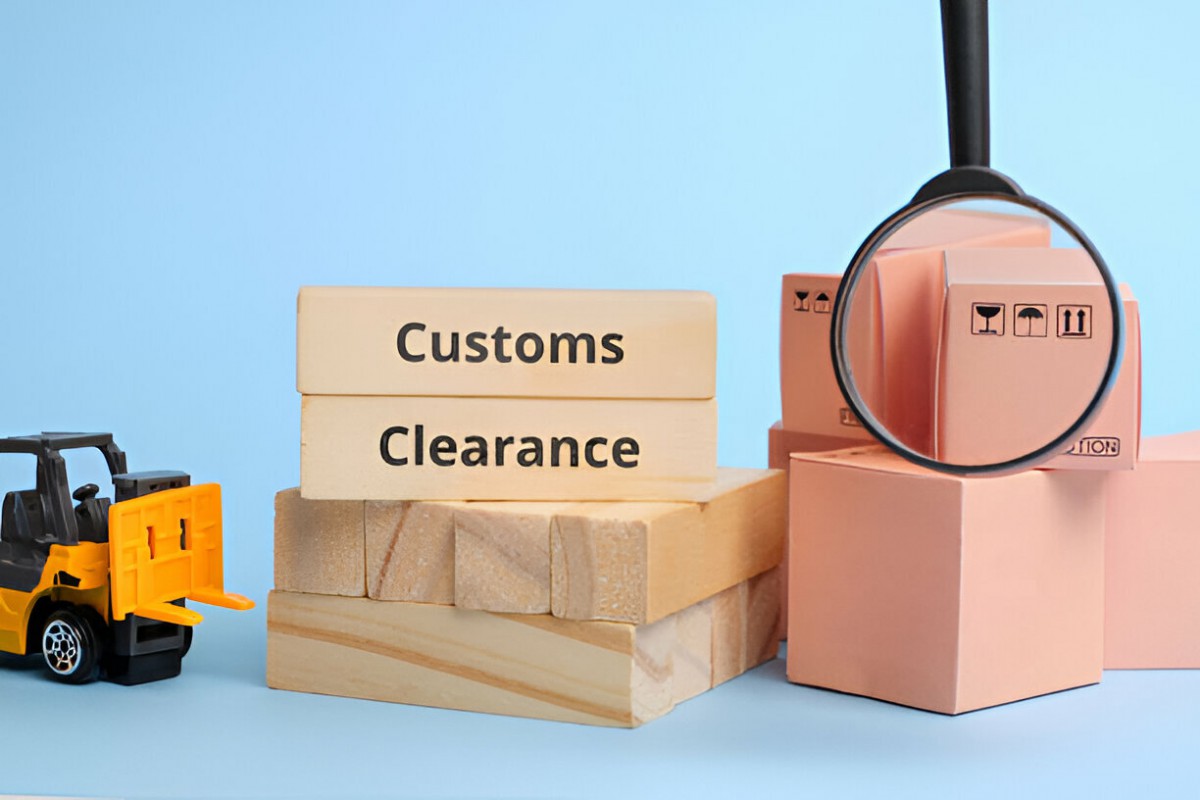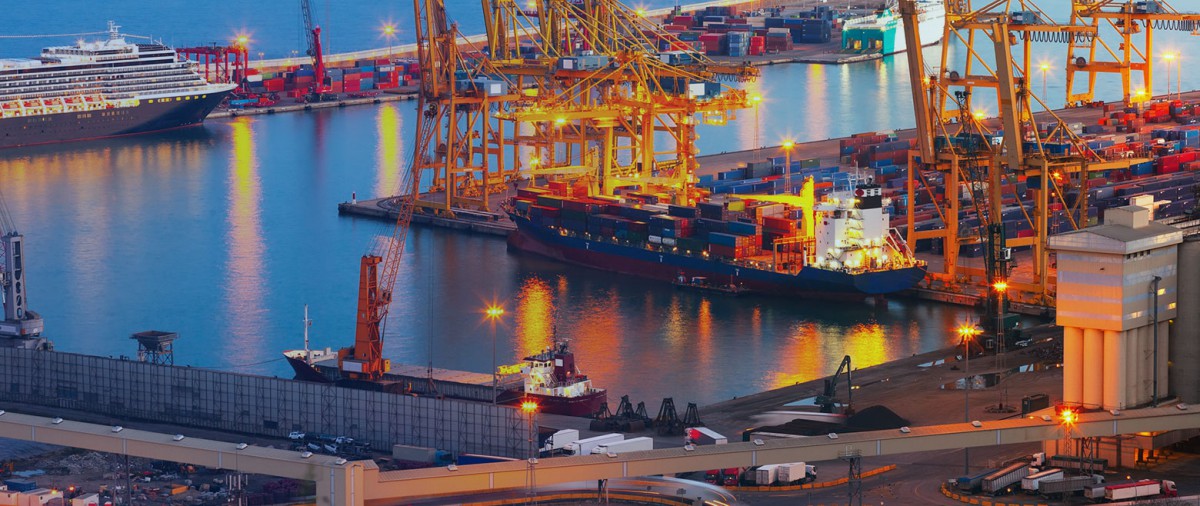What is Customs Declaration?
A Customs Declaration is a formal document submitted to customs authorities when goods are being imported or exported. The primary purpose of this document is to provide a detailed account of the goods being shipped, ensuring they comply with local laws, regulations, and international trade agreements. Customs authorities use this declaration to assess tariffs, taxes, and to ensure that the goods meet all the necessary legal and regulatory requirements for entry or exit from a country.
For businesses and individuals engaged in international trade, understanding the customs declaration process is crucial to ensuring smooth and efficient customs clearance.
Importance of Customs Declaration in International Trade
The customs declaration plays a significant role in the import/export process by facilitating customs clearance and preventing delays. Without proper declaration, goods may be held at the border or port, resulting in fines, penalties, or rejection of shipments. A correct and accurate customs declaration ensures that goods move through customs smoothly, minimizing delays, compliance issues, and unexpected costs.
Key Components of a Customs Declaration
A customs declaration form typically includes the following key components:
Product Description: A detailed description of the goods being imported or exported, including their nature, composition, and function.
Value of Goods: The declared value of the goods for customs purposes. This is important for calculating any customs duties, taxes, and fees that may apply.
Tariff Code: A code that categorizes goods based on the Harmonized System (HS Code), which is used worldwide to classify products for tariff and regulatory purposes.
Country of Origin: The country where the goods were manufactured or produced. This is crucial for determining trade agreements and applicable tariffs.
Importer/Exporter Information: Details about the parties involved in the shipment, including names, addresses, and tax identification numbers.
Transportation Details: Information about the mode of transportation, including the carrier, shipment route, and port of entry or exit.
Proof of Compliance: Any necessary certificates or documents, such as import/export licenses, product certifications, or invoices, that confirm the goods meet regulatory standards.
Customs Duties and Taxes: The amount of taxes, duties, and fees the importer must pay based on the value and classification of the goods.
How Does the Customs Declaration Process Work?
The customs declaration process can vary depending on the country and the type of goods being shipped, but generally follows these steps:
Prepare the Declaration: The importer or exporter prepares the declaration form by gathering all necessary information, including the value of the goods, their classification, and any required documentation.
Submit the Declaration: The declaration is submitted electronically or in paper form to the relevant customs authority in the country of import or export.
Customs Review: Customs authorities review the declaration, verify the details, and assess the correct tariff codes, duties, and taxes. They may request additional documentation or information if needed.
Payment of Duties and Taxes: The importer is required to pay any applicable duties and taxes based on the valuation of the goods and the tariff classification.
Approval and Clearance: Once the declaration is accepted and duties are paid, customs will release the goods for further processing, such as delivery to the buyer or export to the destination country.
Key Terms and Keywords Related to Customs Declaration
To optimize the article for SEO, here are some important keywords and terms related to customs declaration that should be included throughout the content:
- Customs clearance
- Import/export declaration
- Customs duties
- Tariff code
- HS Code (Harmonized System Code)
- Customs taxes
- International shipping
- Customs Compliance
- Trade regulations
- Customs broker
- Duty-free importation
- Import/export documentation
- Customs inspection
- Customs tariffs
- Customs regulations
Incorporating these keywords in a natural way will help improve the visibility of the article on search engines like Google.
Why Accurate Customs Declarations Are Crucial
Avoid Delays: Incorrect or incomplete customs declarations can cause delays at customs, holding up the clearance process and preventing goods from reaching their destination on time.
Prevent Penalties: Failing to submit accurate declarations can result in fines, penalties, or even confiscation of goods. Inaccurate information may lead to fines for under-declaring value, misclassification of goods, or failure to pay proper duties.
Ensure Compliance: Customs authorities enforce a wide range of international trade regulations, from product safety standards to environmental regulations. A correct declaration ensures compliance with all these regulations, reducing the risk of non-compliance.
Optimize Costs: Proper classification of goods can ensure that the correct customs duties are applied, potentially lowering costs for businesses. Misclassification can lead to higher taxes or fees than necessary.
Common Mistakes in Customs Declarations and How to Avoid Them
- Incorrect Tariff Classification: Incorrectly classifying goods can result in overpaying customs duties or being charged the wrong rate. It’s important to use the correct HS Code.
- Under-Declaring the Value: Under-declaring the value of goods to avoid paying higher duties can result in fines or legal action. Always declare the correct market value of the goods.
- Missing Documentation: Not providing the necessary supporting documents, such as invoices, certificates of origin, or import/export permits, can lead to delays and rejection of goods.
To avoid these mistakes, it’s advisable to work with a customs broker or a professional who is well-versed in customs compliance and can help ensure that all declarations are correct and complete.
In summary, a customs declaration is a critical step in international trade, ensuring that goods are correctly classified, compliant with trade regulations, and processed efficiently through customs. By understanding the customs declaration process, businesses can avoid common pitfalls and ensure that their shipments are cleared quickly and without issues. Additionally, by optimizing the declaration process and maintaining accurate documentation, businesses can minimize costs and ensure smooth import/export operations.
By focusing on customs compliance, using accurate tariff codes, and understanding the importance of customs duties and taxes, businesses can achieve a seamless international shipping experience.

